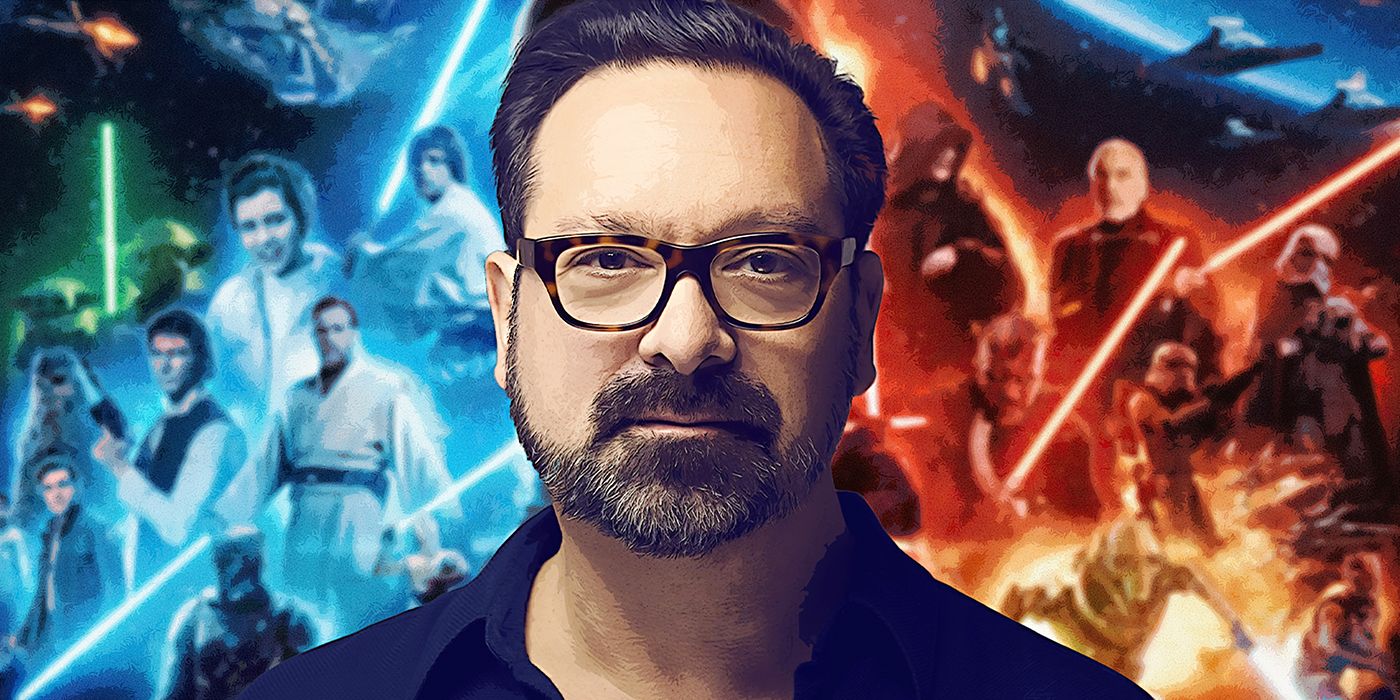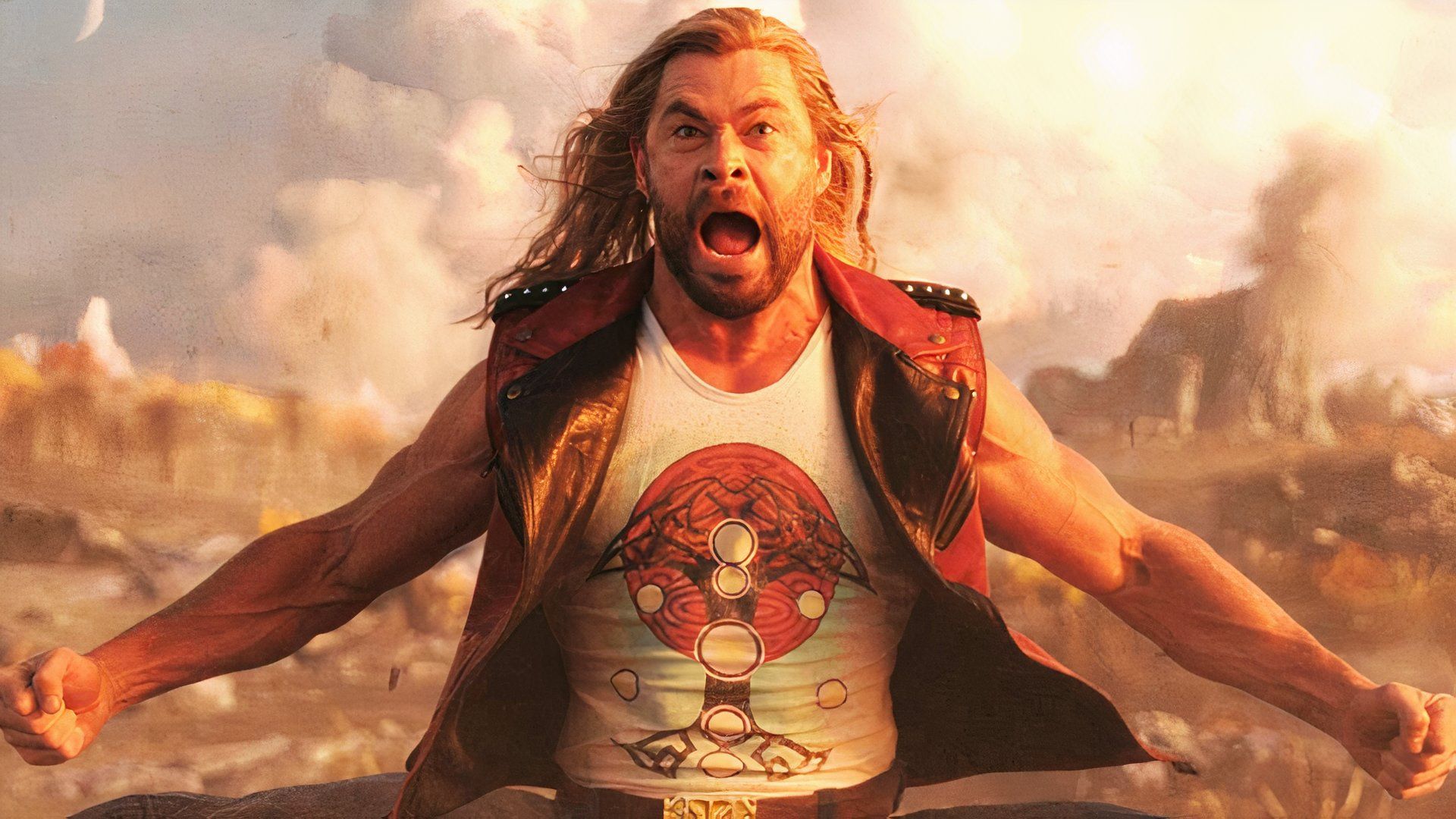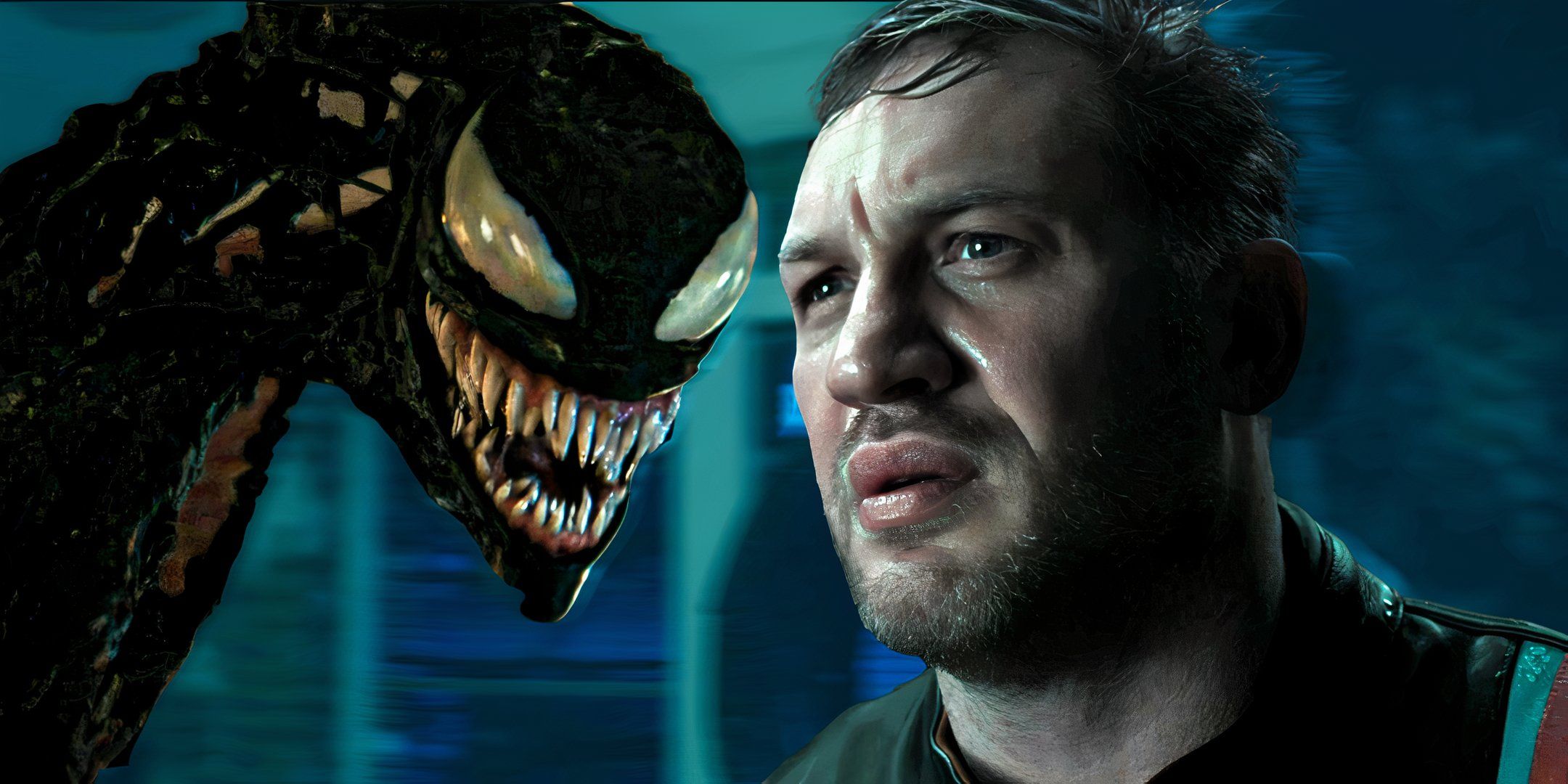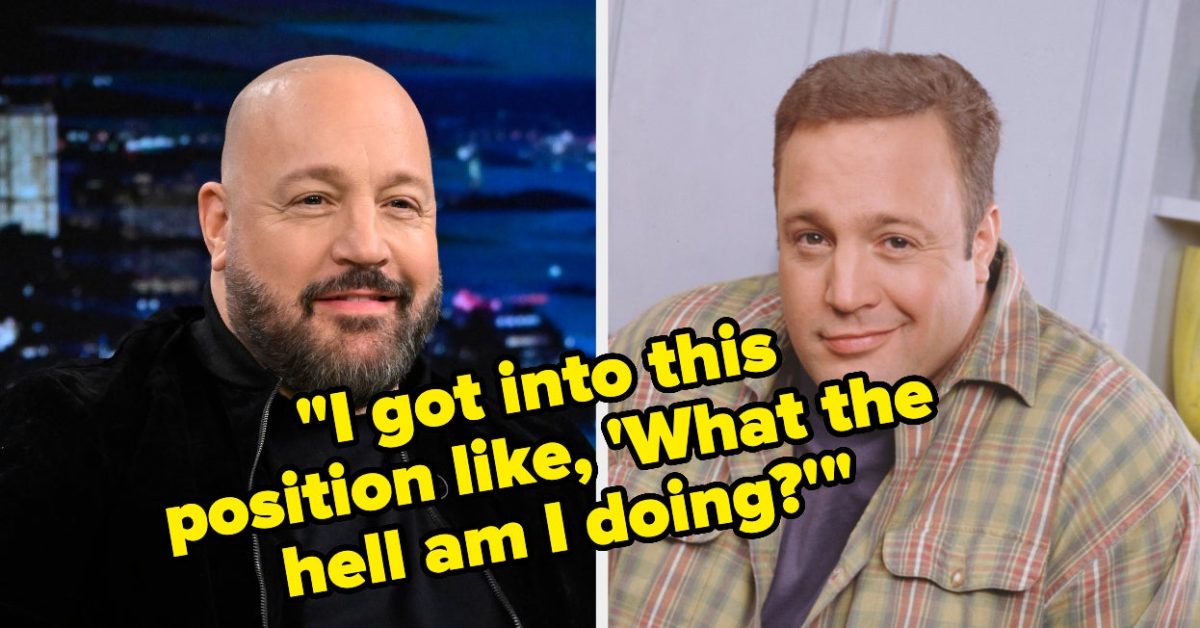The Way of Water Cast & Producer Talk IMAX, 3D, and Future Sequels
Dec 17, 2022
From Academy Award-winning filmmaker, James Cameron, Avatar: The Way of Water returns audiences to the lush moon of Pandora, where the Na’vi people reside. Now thirteen years since the events of Avatar, Jake Sully (Sam Worthington) and Neytiri (Zoe Saldaña) are the proud parents of four children, including their adopted daughter, Kiri, played by Sigourney Weaver. In the time that’s passed, they’ve worked on rebuilding and turned their focus on their family, but when the “sky people” return, the Sullys are forced to relocate.
Using all new technology, The Way of Water fully immerses viewers in Pandora, and introduces us to new clans and new landscapes. In addition to Worthington, Saldaña, Weaver, and Stephen Lang reprising their roles, Cameron’s sequel also features Cliff Curtis, Jemaine Clement, and reunites the director with Titanic’s Kate Winslet.
Ahead of Avatar: The Way of Water’s wide theatrical release, Collider’s Editor-in-Chief, Steve Weintraub, was able to moderate an early IMAX screening with stars Sam Worthington and Stephen Lang, and producer, and frequent Cameron collaborator, Jon Landau. During the interview, they shared why IMAX and 3D showings of The Way of Water are so special, and some of the movie magic that went into the making of the sequel. Worthington and Lang both spoke on sequences of the film that impressed them most, and we learned more information on the subsequent three sequels Cameron is intending to release, and what has already been filmed. For all of this and tons more, check out the video above, or read the full transcript down below.
COLLIDER: So I saw the movie already, and I really want to know – this is probably my most important question – how did you convince the studio to let you get on a spaceship, fly across the galaxy, and film on Pandora? Because I felt like I was on that planet with you guys when I was watching.
JON LANDAU: Well, what we did, we started out with plans for the spaceship and they bought into it. No. I think that’s the best compliment we could have. And I think, first of all, it starts with the performances that the cast gave us. That people have just believed those performances. And then we challenged Wētā FX.
I tell people, on the first movie we needed to be photographic because you couldn’t tell me what was real on Pandora. On this movie, we have so many scenes with live-action and CG elements, and vice versa, and water that everybody knows what it looks like. We need to raise our standard to being photo-real.
Image via 20th Century Studios
I love the IMAX format. I think it’s the best way to see a movie. For all three of you, why is it so important for audiences to see the film in IMAX?
SAM WORTHINGTON: Because it’s immersive, and it’s the best quality to immerse you in Pandora. I think that’s what Jim’s [James Cameron] always set out to do, is to transport you rather than be a gimmick. He’s bringing you into his dream.
STEPHEN LANG: I agree with that. It’s the total experience. It’s just completely immersive. I don’t think I can improve on that word. But that’s the reason. There’s no experience like the IMAX experience when it comes to really encompassing the world of Pandora. So it’s the way to see it.
LANDAU: I also think it’s because of how IMAX builds their theaters. You look at the theater we’re in now. It’s the seating. You’re not obscured by someone in front of you blocking your view for the images that we spent so long to put up on the screen.
You cannot recreate this at home. I know this is a little bit similar to the IMAX thing, but why is it so important for audiences to see the film in 3D?
LANDAU: Well, we view 3D differently than a lot of people. We view 3D, not as a world coming out of a window, but as a window into a world. Where we want the 3D to disappear. We want the screen plane to disappear and help transport you to the world.
Jim views 3D as a tool to help guide the audience on where to look. Just like in 2D a filmmaker might use focus or lighting or movement, 3D is now one of those elements that Jim uses to direct the eye on the narrative storytelling.
I’m curious, between the first movie and this movie, how did the cameras and technology change to help you tell the story?
LANDAU: Well, first and foremost, these guys, when we did performances, instead of wearing a single standard definition camera, they had to wear two high definition cameras so that we’re recording a higher definition of performance. That starts with the character.
Then, on our live-action side, we upped the ante. We shot with high-dynamic range Venice cameras that were customized for the 3D experience. We shot at 48 frames per second. And the theaters have much better capabilities now than they ever had before.
LANG: And it’s worth noting that not every film that’s made demands, or is necessary, either for the IMAX experience or for the 3D experience. Whereas when Jim conceived of this very world, he conceived of it with 3D and IMAX in mind, it seems to me. And so, it’s a question of the resource completely matching the product, it seems to me.
Image via 20th Century Studios
How do you think the sequel actually improves on the first film?
WORTHINGTON: Well look, it’s an extension of the first film. I think that’s what Jim promised us when he first talked to us about it in 2015, was when I first got a call. And he said, “I can expand on the world and not make this a carbon copy of the first one. I can expand on this family, and in doing so I think I can raise the stakes of everything.”
And that’s what I think he’s done. I think he found an emotional throughline, which you’re about to see, that really ramps everything up. I think Jim’s very good at that. He’s very good. His track record of sequels, it stands by itself. His sequels are always familiar, but then he pushes it to this new level. We’ll soon see how everyone takes to it.
LANG: In no way is it an improvement on the first because I think the first Avatar stands alone. It’s still just an excellent movie. But I think the world now expands big-time in this.
I would venture to say that as the saga continues in Avatar 3 and 4, you’ll continue to see the deepening, and the expansion, of that world. It’s the way he builds his vision, it seems to me.
I’m curious for all three of you, which shot in either Avatar movie do you think was the toughest to pull off and why?
LANG: Wow.
LANDAU: Look, I think you’ll see in this movie, and it’s not going to be a shot that you think about, there’s a scene – and this is just typical of the challenge – where Spider, a human character played by Jack Champion, is lamenting who his father is. And Kiri, played by Sigourney Weaver, but her character is a Na’vi, comes up behind him and hugs him, and pulls in his chest, and you see the chest. She’s not really there. But when you’re looking at him, and this goes back to what I meant about being photo-real, she had to look as photo-real as Spider did. You had to believe her arms pulling around him, squeezing in his muscles and stuff. That is a challenge that people wouldn’t think when they just watch the movie. They would just accept it.
WORTHINGTON: Look, Jim’s always pushing it, man. There’s a scene you’re about to see where there’s a reflection. So I asked Jim, literally a couple of days ago, I said, “That, to me, is pretty cool. This reflection.” Because it’s a reflection of a CG character and a reflection of a human character going on. And he said, “Yeah, I didn’t want to make it easy on myself.”
Was there a shot for you?
LANG: Well, I think just the geography. There’s a kind of battle royale at the end, and just the geography of the ship was very, very challenging to me. And I remember as we began to work on it, it was just a difficult thing to map out. We didn’t know where to plunge in, but finally, you had no alternative but to just start doing it. And we did it. So that. I find that whole sequence of shots to be remarkably shot and edited.
This is a little bit geeky, but how long is a day on Pandora as compared to Earth?
LANDAU: Well, really it only took us two weeks to film the movie. So I guess it’s 13 years divided by two weeks.
Image via 20th Century Studios
Is there a difference though?
LANDAU: Look, there is, and Jim would have to explain that. There’s a whole cycle of… Jim knows. We had an astrophysicist come in and work with us on the orbit of Pandora around Polyphemus, and the days.
WORTHINGTON: Best is when my mates would come to set. I’d say, “Go ask Jim about the planet Pandora.” And they’d go up, and they’d say, “Oh, can you tell us a bit about the planet Pandora, Jim?” He’d go, “Well firstly, it’s a fucking moon, so it’s not a planet.” And then it would just keep going. And my mates would look back at me and go, “Oh, man. This guy’s got so much detail.”
And I think that’s what makes Jim work. It’s that. The amount of detail that he’s put into everything. The ecosystems, the history, the 10-year gap between Avatar one and Avatar: The Way of Water. It’s well-thought-out and well-constructed, and all from his head.
When did you actually start filming on Avatar: The Way of Water?
LANDAU: We started filming, or capturing actually, in September 2017. So that’s when we got these guys back. And what we did even before that, though, we repeated what we did on the first movie. We went to Hawaii for a rehearsal with the cast and a sense-memory experience with them. And we rehearsed both in the rainforest and in the water.
One of the great things we did in Hawaii was, we went on perhaps the most Pandoran experience Earth can offer. We went on a night scuba dive to the bottom, 30 feet down in darkness, except for lights shining up. And then out of the abyss came these Pandoran-like creatures, giant manta rays. And they swam over us, and they swam around us, and we were able to touch them. We had trouble getting Cliff Curtis to come to the surface from that.
And then in the jungles, when we were out there rehearsing, I saw Stephen Lang doing some fighting with sticks with Jim.
LANG: I’ll tell you a story about that. We were out in the jungle and we were doing all these activities, learning stalking and hunting, and gathering, and things. And at one point they said, “Okay, now we’re going to go off and we’re going to do some basket weaving.” And finally, as Quaritch, I put my foot down. And I said, “I’m not basket weaving. I can’t see any circumstances under which Quaritch would go weave a basket myself.” So everybody else went basket weaving, and I went off, and I carved a spear for a while.
LANDAU: I wanted to tell the story of Sam. I don’t know if you’re going to remember this story from the first movie. We went to Hawaii. We were rehearsing in the rainforest, and, I’ll admit it, Sam was in a really bad-looking ponytail wig, and he was wearing little shorts like they see a loincloth in the movie. And Jim had a little handheld Sony camera. And all of a sudden there’s a guy walking his dog. Do you remember this?
WORTHINGTON: Yeah. He said, “What are you doing?” I said, “We’re making a movie with James Cameron. The guy who did Titanic.” And he looked at Jim with the Handycam and went, “He’s gone fucking downhill from there, hasn’t he?”
LANDAU: Exactly.
That’s a great story. So I’m curious, how much of Avatar 2, 3, 4, 5 have you guys actually filmed?
LANDAU: What we’ve done is, first of all, we’ve completed all four scripts for 2, 3, 4, and 5. They’ve read them. They know where their characters go. They know. It informs how they play these scenes.
We went out and we shot all of movie two. We shot 95% of movie three. We have a little bit that we have to still pick up. And we shot the first act of movie four.
And so the plan, from what I understand, and I think Jim has said this, is that you guys have to make sure there’s still an audience for Avatar to make sure you can actually finish four and five.
LANDAU: I’m planning on finishing four and five. There’s going to be an audience, we’re going to finish those movies. Those are stories I think really… [to Worthington and Lang] You’ve read the scripts. Each movie comes to its own emotional resolution, as I said, but movie five really drives it home.
LANG: Yeah.
Image via 20th Century Studios
I know we’re here to talk about Way of Water, but I like asking about future things. So what can you tease, if anything, about the third, fourth, and fifth movie in terms of what audiences can look forward to?
LANDAU: More of everything. I think one of the great things that we’ve done, and Jim has done in these scripts, is each movie is going to take you to new biomes and new cultures.
And I think one of the things that Avatar has is this idea of Oel ngati kameie. I see you. And it’s not about seeing you for who you physically are, or what you look like. It’s about seeing you from the inside, and the idea that we get to introduce new diverse clans that look different than the Omaticaya, and send a metaphor for our world, and accepting people for who they are on the inside and not judging them by who they are on the outside.
Sam, I think you said, recently, that Jim wrote a script for Avatar 1.5, which takes place between the two films. How did that script, and what you learned in that script, inform how you played in Avatar 2 and on?
WORTHINGTON: There’s a missing gap. That’s basically what it was. I’m too scared to tell you what’s in it, in case arrows come out of the dark from the boss, but it did fill in a lot of stuff. It filled in what happened when all the “sky people” left.
And I think Jim wrote it and then realized, “Okay, this is just about them being heroic warriors and continuing this battle.” It’s a full script. Many people would’ve been astonished at the detail in it and how long it took him. And many filmmakers would’ve [taken] that and said, “I’m just going to make that.” He just used it as a bouncing-off point to realize, “Well, I want to make this story more about family than about being heroes.” And that’s what led him to continue where the saga goes.
LANDAU: Franchise plug! That story is now available on Dark Horse Comics as High Ground. So go check it out.
I did not know that. Stephen, I’m curious, how did you get ready to play the antagonist in this movie versus playing the antagonist in the first film?
LANG: Well, in the first film the mission for me was just to get as big and as powerful physically as I possibly could, and get into that kind of marine headspace that Quaritch inhabits. And that’s what I did. And I just worked out like a demon. That’s what I did.
Then coming into this one, The Way of Water, Quaritch [has] changed a bit. He’s become reconstituted, and the ways of water have entered into his very DNA. And so he tries, he understands that the way he went about his business the first time didn’t quite work out as intended, so he needs to adapt. And he does begin to adapt to the ways of Pandora itself. He becomes, I think, a much more fluid character in his movements. He always had moved in straight lines, and he thought in straight lines as well. But now, with that Pandoran influence going on inside him, I think he can operate more effectively in that environment. So the choices that I made or we… You set up circumstances as you work-
WORTHINGTON: Hurry up, man! They want to see the film.
LANG: …so choices can make themselves. Now, I lost my train of thought. Watch the movie. He’s right. I don’t know.
Image via Disney
Jon, I’m always curious about the editing process because that’s where everything comes together. The movie’s over three hours. How long was the-
LANDAU: Wait. Two hours and 72 minutes.
My bad! You’re right. It is two hours and 72 minutes. But I am curious, what was it like in the editing room bringing this beast down to the runtime you had? Did you end up with a lot of deleted scenes? Was it a painful edit to try to get it to this length?
LANDAU: It’s a painful edit because these guys give us such great performances. And when you sit there and you look at the whole, what you want to create is a whole that is greater than the sum of the parts. And every scene that we would look at stood out and said, “That’s a great scene. That’s a great scene.” And it wasn’t until we had enough of the whole picture that we could really look at it and go, “Okay, let’s chisel here. Let’s chisel here. Let’s preserve this performance.” And we lost some really great moments, but we think we ended up with the right length, telling the right story.
Avatar: The Way of Water is in theaters now. For more on Avatar, watch our interview with James Cameron below.
Publisher: Source link
11 Famous People Who've Reacted To, Been Embarrassed By, Or Absolutely Loathe The Memes That Have Been Created About Them
Dua Lipa said the "Go girl give us nothing" meme was "humiliating" and "hurtful." She had to take herself off Twitter because of it.View Entire Post › Disclaimer: This story is auto-aggregated by a computer program and has not been…
May 19, 2024
Is Xandra Pohl Dating Kansas City Chiefs’ Louis Rees-Zamm? She Says…
Did Xandra Pohl find her own guy on the Chiefs? The TikToker sparked romance rumors when she and Kansas City Chiefs player Louis Rees-Zamm were recently spotted at the Worlds of Fun amusement park together. Though the pair looked quite friendly in Instagram…
May 19, 2024
Kelly Clarkson Discussed Weight Loss And Ozempic Rumors
Kelly Clarkson Discussed Weight Loss And Ozempic Rumors A few weeks later, Kelly discussed her physical transformation for a second time, celebrating the fact that she no longer felt the need to wear shapewear. Amid all the speculation, Kelly attributed…
May 18, 2024
Early Memorial Day Sales You Can Shop Now: J.Crew, Spanx & More
Kate Spade: Save 40% on Kate Spade markdowns. Kate Spade Outlet: Nab 70% off hundreds of Kate Spade styles. Plus, an EXTRA 20% off shoes and crossbodies. Lilly Pulitzer: Shop 25% off deals on Lilly Pulitzer spring styles. lululemon: Technically, there isn't a lululemon sale…
May 18, 2024











